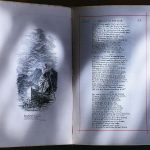The Jewelry by Guy de Maupassant is a tale that delves into the complexities of human nature, unraveling themes of deception, materialism, and the consequences of one’s actions. Let’s explore this timeless tale of deception, materialism, and consequences.
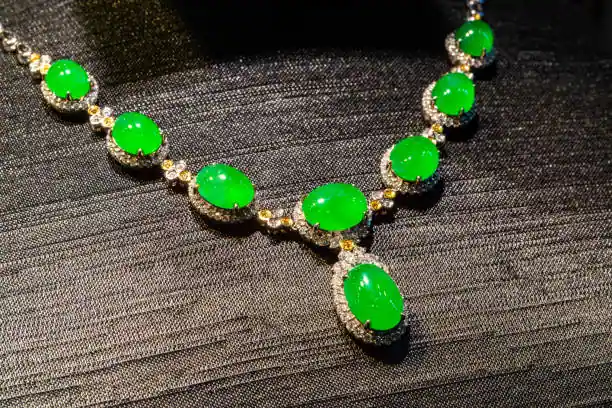
The Necklace | Summary
Madame Mathilde Loisel, a middle-class woman, desires an opulent existence beyond her reach, longing for wealth and social standing due to her dissatisfaction with her simple life.
Driven by her desire to impress, she strives for a spectacular appearance when her husband receives an invitation to a prominent ball.
Madame Loisel borrows a gorgeous diamond necklace from her friend Madame Forestier because she cannot afford to buy expensive jewelry. She looks more beautiful and has the confidence she needs thanks to the necklace.
But near the conclusion of the evening, catastrophe comes when Madame Loisel misplaces the necklace.
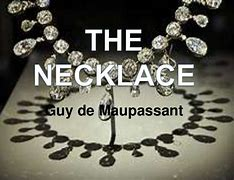
Madame Loisel and her husband start a mad search for the missing necklace out of panic and desperation. When they can’t find it, they decide to buy a replacement and incur enormous debt in the process.
They endure hardship and suffering for years, sacrificing their comfort and happiness in order to pay off their debts.
In the end, Madame Loisel discovers the terrible truth: the necklace she had stolen was a fake rather than a treasured heritage. Her dreams of prosperity are dashed, and the foolishness of her goal is revealed.
A cruel irony exists in the story’s resolution when Madame Loisel meets Madame Forestier years later and learns the truth about the missing necklace.
“The Necklace” provides deep insights into the state of humanity and the fallout from ambition and conceit. Madame Loisel’s unrelenting quest of wealth ultimately brings her to her demise, underscoring the pointlessness of consumerism and the significance of being thankful for life’s little pleasures.
The narrative serves as a warning about the perils of pursuing flimsy aspirations and unhappiness.
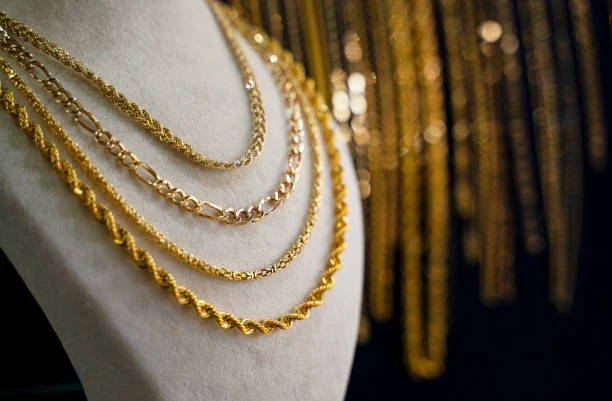
Character Analysis
| Character | Description |
|---|---|
| Monsieur Lantin | Initially contented husband who adores his wife; undergoes a transformation as he discovers the truth about his wife’s secret; journey from blissful ignorance to profound disillusionment |
| Madame Lantin | Beautiful and charming woman infatuated with luxury items; her deceitful actions driven by desire for material wealth; leads to her own tragic downfall; serves as cautionary tale about dangers of materialism and deception |
| First Jeweler | Minor character who unwittingly becomes a pawn in Madame Lantin’s deceitful scheme; highlights theme of deception and unintended consequences of actions |
| Second Jeweler | Similar to first jeweler, unwittingly contributes to Madame Lantin’s web of deceit; reflects theme of greed and moral ambiguity; underscores importance of honesty and integrity in navigating life’s complexities |
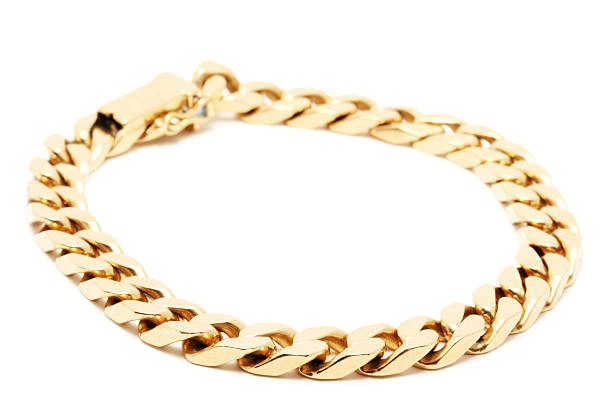
The Necklace (The Jewelry) by Guy de Maupassant | Analysis
Line 01:
“She was one of those pretty and charming girls, born by a blunder of destiny in a family of employees.”
With its complex plot and timeless themes, Guy de Maupassant’s literary masterpiece “The Necklace” never fails to captivate readers. We’ll examine the rich symbolism and deep insights of this engrossing short story in detail, line by line, in this post.
Line 02:
“She had no dowry, no expectations, no means of being known, understood, loved, married by a man rich and distinguished; and she let herself be married off to a little clerk in the Ministry of Education.”
This is when we see Madame Loisel’s acceptance of her situation. She gives up her desire to wed into a distinguished and wealthy family in favor of a simple life with Monsieur Loisel.
This passage emphasizes the social constraints that impede Madame Loisel’s ability to grow and find happiness.
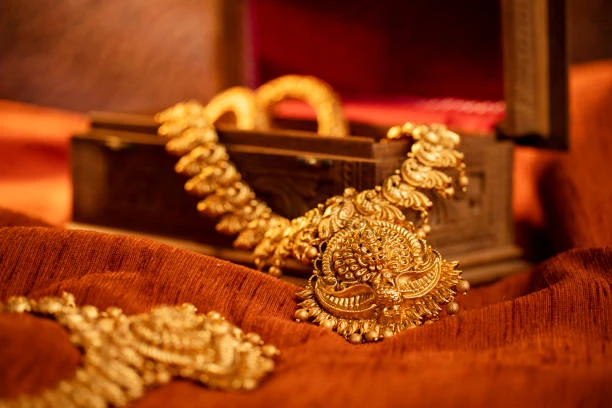
Line 03:
“She suffered endlessly, feeling herself born for every delicacy and luxury.”
Madame Loisel’s deep displeasure with her existence is captured in this line. She is acutely aware of the contrast between her aspirations for opulence and her actual modest lifestyle. Her pain comes from a sense of unrealized possibilities and a desire for better things in life.
Line 04:
“She suffered from the poverty of her house, from its mean walls, worn chairs, and ugly curtains.”
Madame Loisel is not pleased with her physical surroundings; it goes beyond her personal situation.
She sees right away that her surroundings are impoverished and lacking in grace and beauty. This sentence highlights how crucial comfort and beauty are to Madame Loisel’s quest for happiness.
Line 05:
“All these things, of which other women of her class would not even have been aware, tortured her and made her angry.”
Madame Loisel’s acute awareness of her social status is evident here. Madame Loisel is greatly impacted by their humble surroundings, even though others of her classmates may not find them bothersome.
This statement emphasizes the psychological costs associated with feeling inadequate, underscoring the subjective nature of money and position.
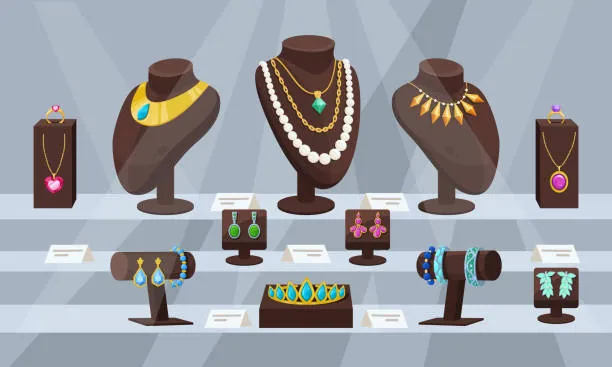
Line 06:
“The sight of the little Breton peasant who did her humble housework aroused in her despairing regrets and bewildering dreams.”
This statement clearly illustrates the contrast between Madame Loisel’s dreams and the reality of her situation. The “little Breton girl” represents Madame Loisel’s present life’s modesty and simplicity, acting as a sharp contrast to her aspirations for opulence.
This statement beautifully expresses Madame Loisel’s inner turmoil as she struggles to realize her unfulfilled goals.
Themes In The Jewelry by Guy de Maupassant
1. Deception
The central topic of “The Jewelry” is deception, which is subtly woven into the narrative. Motivated by her quest for luxury and material prosperity, Madame Lantin’s dishonest behavior has a number of unintended effects that recur throughout the narrative.
Maupassant examines the devastating force of falsehoods and the catastrophic consequences that might arise from dishonesty through Madame Lantin’s deception.
The narrative also emphasizes the perniciousness of lying since Madame Lantin’s first act of dishonesty gets out of hand and ensnares everyone around her in a web of lies.
This representation of deception serves as a warning to readers about the risks involved in giving in to the urge to deceive others in order to further one’s own interests.
It also challenges readers to think about the moral ramifications of their behavior and how it might affect other people, as well as the effects of lying.
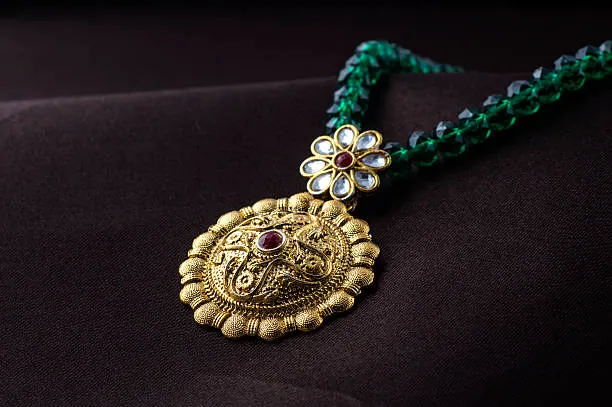
2. Materialism
A recurring issue in “The Jewelry” is materialism, which is personified by Madame Lantin’s unrelenting quest of wealth and prestige.
She eventually fails because of her obsession with expensive things, especially jewelry, which makes her oblivious to the moral consequences of her behavior.
Maupassant highlights the significance of placing a higher emphasis on principles like integrity and authenticity than worldly gain by criticizing the meaninglessness of material belongings and the superficial character of a life driven by the chase of wealth.
The narrative also serves as a warning against placing too much emphasis on material prosperity, emphasizing the transient nature of worldly belongings and the enduring worth of moral character.
The portrayal of materialism in “The Jewelry” challenges readers to reconsider their attitudes toward money and possessions, urging them to seek fulfillment in deep connections with others and personal development rather than focusing solely on acquiring material items.
It also acts as a warning against materialism and emphasizes the value of keeping a healthy perspective in a culture that frequently connects success with having a lot of money.
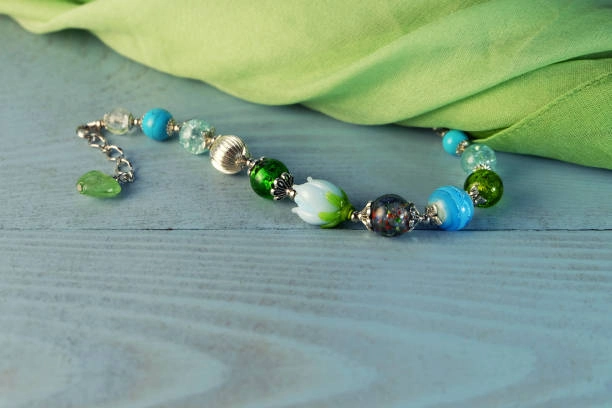
The Jewelry by Guy de Maupassant | Literary Elements
| Literary Elements | Description |
|---|---|
| Setting | 19th-century France, providing a backdrop of societal norms and values |
| Plot | Filled with twists and turns, keeping readers engaged as the narrative unfolds |
| Irony | Rich in irony, particularly in its resolution, where the truth behind the jewelry’s value is revealed |
| Symbolism | The jewelry symbolizes wealth and status, driving the characters’ motivations and desires |
| Foreshadowing | Used to hint at the story’s eventual outcome, adding depth and intrigue to the narrative |
Conclusion
In conclusion, the skillful use of literary elements in “The Jewelry” by Guy de Maupassant, such as irony, symbolism, and foreshadowing, enriches the narrative and underscores the timeless relevance of this captivating short story.
FAQs
The main message of “The Necklace” by Guy de Maupassant is the idea that appearances can be deceiving and that true happiness does not necessarily come from material wealth or social status.
Plot summary of “The Necklace”: A middle-class woman, Madame Loisel, borrows a diamond necklace for a high-society event but loses it, leading to financial ruin.
The main moral of “The Necklace” is the importance of honesty and being content with what one has, as well as the consequences of deceit and the pursuit of material wealth.
“The Necklace” symbolizes the allure of materialism and the superficial desires for wealth and social status, as well as the harsh reality of the consequences that can result from such pursuits.
Related Posts:
The Test Of A Man | Summary, Analysis & Figure Of Speeches
Oswald In King Lear | Character Analysis & Quotes
Eddie Cheng In Crazy Rich Asians | Character Analysis
Analysis Of First Player’s Speech In Hamlet | By Shakespeare





